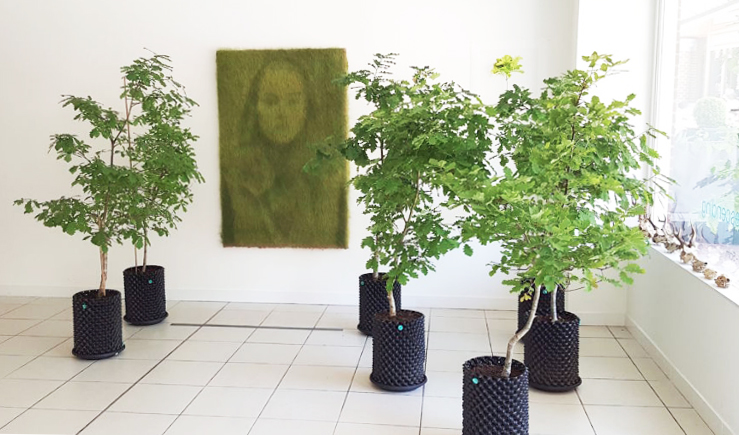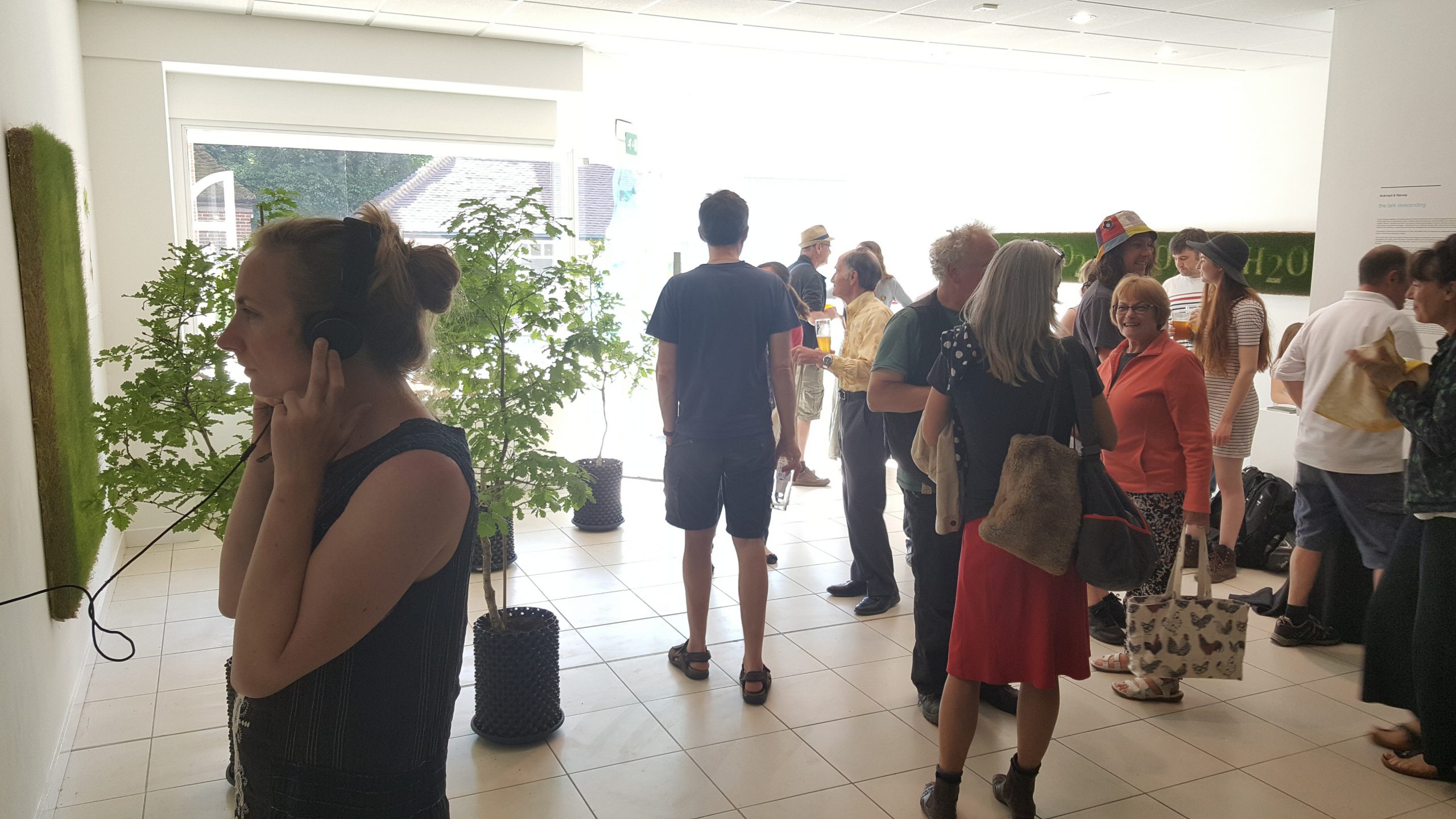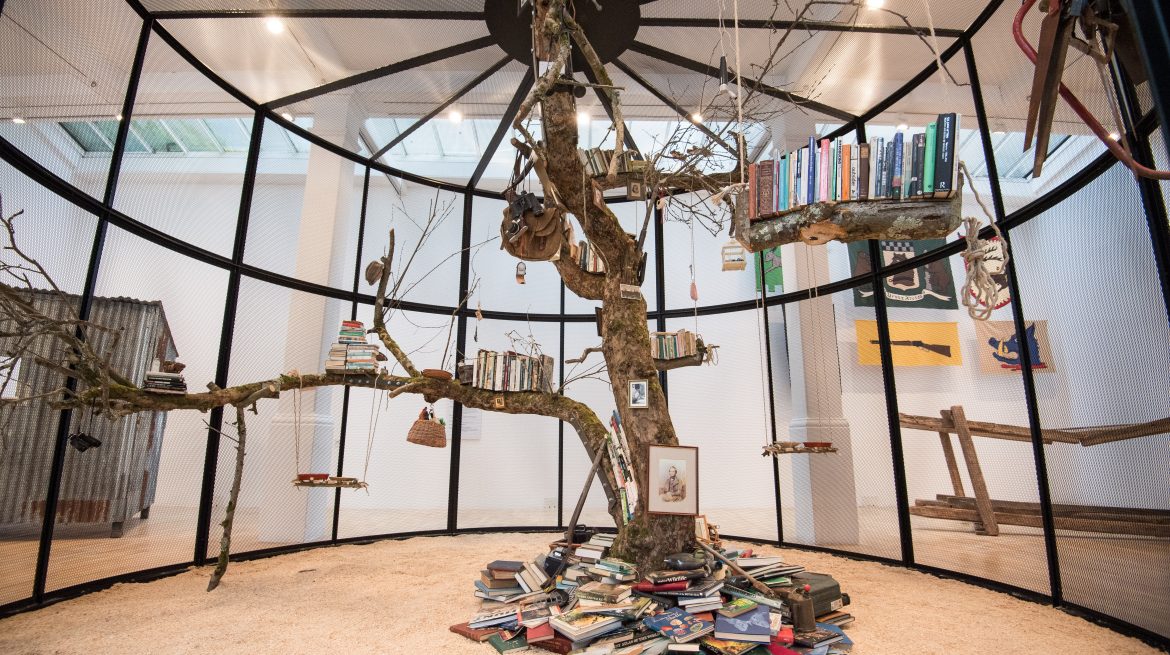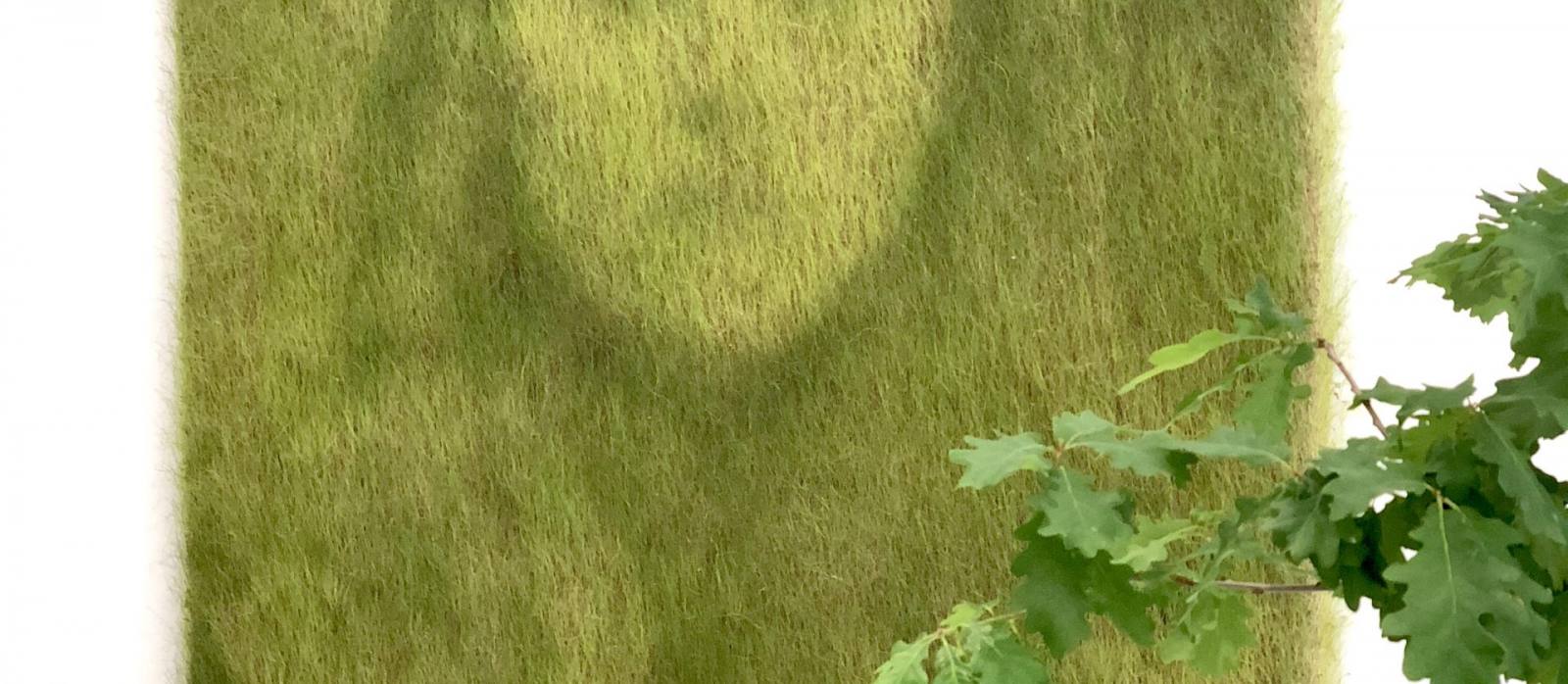The evolving exhibition: an interface between the individual and collective experience
Internationally renowned artist duo Ackroyd & Harvey have been raising awareness of, and educating audiences about global environmental issues for over two decades – their work, which sits at the intersection of art, activism, architecture, biology, ecology and history, encourages audiences to observe the changes that are happening to our planet and understand the major drivers behind them. It is the facility of the work, and the artists, to educate and inspire which continues to resound. But in a world driven by digital consumption, how are the artists engaging new and diverse audiences about something as physical as the environment?

For their Surrey Unearthed project The Lark Descending, Ackroyd & Harvey created an evolving exhibition in a disused commercial space in St Martin’s Walk, Dorking, a stone’s throw from their enchanting studio – a former lemonade-bottling plant bought by Harvey’s grandfather in the 1960s. The Lark Descending drew on the ecology, geology, history and culture of Leith Hill and the imminent threat to the Area of Outstanding Natural Beauty from exploratory oil drilling. The exhibition metamorphosed between 10 and 27 May, with Ackroyd & Harvey introducing new artworks to the space every few days, from a large scale photosynthesis work depicting an aerial view of Leith Hill, to Bookworms, an animated film commissioned for Darwin Originals, and a series of trees from the artist’s open-ended research project Beuys’ Acorns. The physical artworks were complemented by a series of events, one of which, a social dreaming workshop led by Dr Julian Manley, that sought to open up new pathways to understanding human relationships with the landscape of Leith Hill, and delve deeper into their subliminal perceptions of place.

For some galleries and institutions, the idea of the evolving or ‘live’ exhibition offers an opportunity to engage audiences in real-time within the realm of a physical space. Take BMW Tate Live, ten days and six nights of constantly changing installations and performances at Tate Modern. The objective – to create a platform for innovation and a stage for emotion, encouraging us to appreciate the transformational impact of new ideas. The notion of the flexible exhibition applies to the architecture of the gallery space too, Lafayette Anticipations, home of Fondation d’entreprise Galeries Lafayette, was recently remodelled by Rem Koolhaas and is more manoeuvrable machine than grand architectural gesture – its mobile floors and walls mean there are 49 possible ways to configure the Parisian gallery space. The move towards experiential exhibitions is also notable – Mark Dion’s Theatre of the Natural World exhibition at Whitechapel Gallery featured 22 live zebra finches in a giant aviary, the immersive and participatory nature of the show saw the role of visitors shift from spectator to participant. In a review for Apollo Magazine, Kate Barnett said ‘encountering the natural world in an art gallery, through the prism of Dion’s own careful engagement, is a surprisingly cerebral experience.’

For Ackroyd & Harvey, the frequently changing aesthetic of The Lark Descending exhibition space initiated conversations about the physicality of the work, and thus the underlying narrative around the preservation of Leith Hill. The multi-faceted nature of the exhibition allowed audiences to engage with the project through a medium of their choice, whether a workshop, live artist talk, a walk through Leith Hill, or a physical photographic work, curating their own experience as a means of uncovering their sense of place, and the personal significance of the area. By creating a personalised and dynamic exhibition experience, the artists tapped into both individual and collective emotions, and as in Dion’s Theatre of the Natural World, visitors became active participants rather than onlookers, a commentary, perhaps, on our active role in protecting the environment. In social dreaming, the meaning of an individual dream is about the broader world in which one lives, and the exhibition experience is no different.
